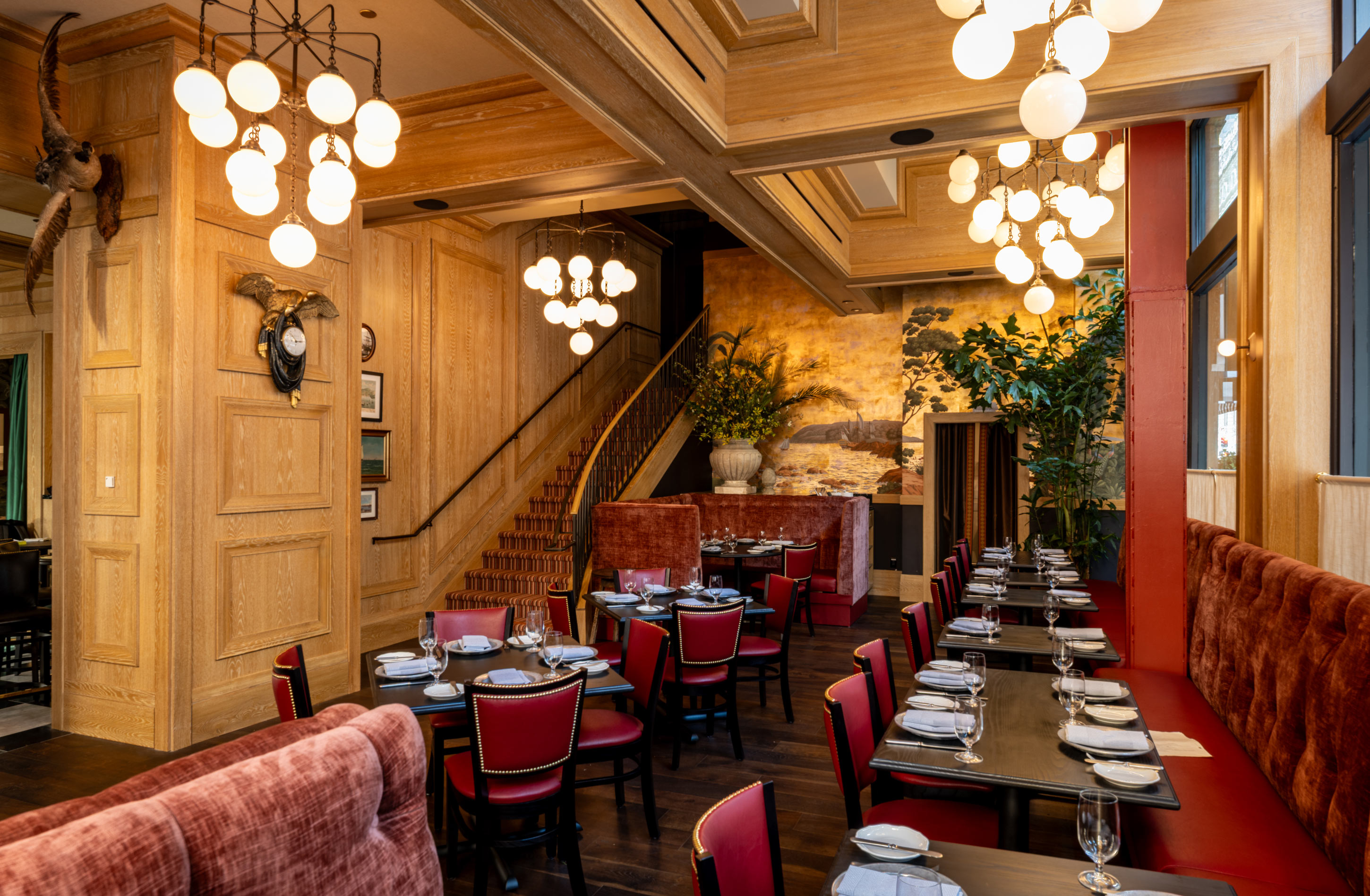
Every unanswered phone call at your restaurant isn't just a missed conversation—it's money walking out the door. In 2025, the average restaurant loses approximately $27,000 annually from missed calls alone, a staggering figure that represents real revenue slipping through the cracks during your busiest service hours. (Hostie AI)
The numbers tell a sobering story: 43% of restaurant calls go unanswered, and more than two-thirds (69%) of Americans say they're likely to give up on going to a restaurant if no one answers the phone. (Hostie AI) This isn't just about customer service—it's about protecting your bottom line in an industry where every cover counts.
This comprehensive guide walks you through a simple spreadsheet calculator that converts your daily call volume, average check size, and missed-call rates into concrete annual revenue loss figures. We'll then model the payback period after implementing AI phone answering solutions, complete with real-world examples from two different restaurant types and a free downloadable Google Sheet to run your own numbers.
The restaurant industry faces a communication crisis that most operators don't fully grasp. While 63% of Americans say calling is their preferred way to contact a restaurant, the reality is that nearly half of these calls go unanswered during peak service hours. (Hostie AI)
This disconnect between customer preference and restaurant capability creates a massive revenue leak. Voice AI technology has emerged as a critical solution, with restaurants deploying voice AI on their phone systems expecting significant returns, including quieter phones and staff being able to focus on more valuable tasks. (SoundHound)
During dinner rush, your best servers are focused on tables, your kitchen staff is plating orders, and your host is managing the door. When the phone rings, someone has to make a choice: serve the guest in front of them or answer the call. Too often, the call loses.
This challenge isn't unique to small operations. Even major chains are recognizing the problem. In June 2025, Dine Brands, the parent company of Applebee's and IHOP, announced plans to implement artificial intelligence in their restaurants, testing Voice AI Agents to handle customer orders over the phone and streamline operations. (Newo AI)
From the customer's viewpoint, an unanswered phone call sends a clear message: this restaurant doesn't want my business. In today's competitive landscape, diners have countless options, and first impressions matter more than ever.
The data supports this customer behavior. Research shows that 89% of Americans would be open to using an AI agent for tasks related to interacting with a restaurant, indicating that customers are ready for technological solutions that ensure their calls are answered. (Hostie AI)
Calculating your missed call revenue loss requires four key metrics:
Basic Formula:
Daily Revenue Loss = (Daily Calls × Miss Rate × Conversion Rate × Average Check)
Annual Revenue Loss = Daily Revenue Loss × 365
The basic formula provides a starting point, but sophisticated operators should consider additional factors:
Based on industry research, typical restaurants see:
AI phone answering systems can handle multiple calls simultaneously, ensuring no customer is left waiting, which directly addresses the miss rate problem. (Loman AI)
Restaurant Profile:
Revenue Loss Calculation:
Daily Loss = 25 calls × 40% miss rate × 70% conversion × $18 average check
Daily Loss = 10 missed calls × 70% conversion × $18 = $126 per day
Annual Loss = $126 × 365 = $45,990
This café is losing nearly $46,000 annually from missed calls alone—enough to hire a full-time employee or invest in significant kitchen upgrades.
Restaurant Profile:
Revenue Loss Calculation:
Daily Loss = 85 calls × 35% miss rate × 85% conversion × $32 average order
Daily Loss = 30 missed calls × 85% conversion × $32 = $816 per day
Annual Loss = $816 × 365 = $297,840
This pizzeria faces nearly $300,000 in annual revenue loss—a figure that could fund major expansion or significantly boost profitability.
These calculations represent direct, immediate losses. The true cost includes:
Modern AI phone answering solutions like Hostie AI start at $199 per month, making them accessible to restaurants of all sizes. (Hostie AI) When compared to the revenue loss from missed calls, the ROI calculation becomes compelling.
Café Example ROI:
Pizzeria Example ROI:
These calculations align with industry findings. Research shows that a voice AI solution can provide an annual ROI of 760% on reducing staff labor costs alone, based on an annual labor cost of $45,724. (SoundHound)
AI phone solutions provide additional benefits that enhance the ROI calculation:
Hostie AI offers features such as automated 24/7 call answering, multi-channel management, real-time language translation, reservation management, and order management. (Hostie AI)
Before implementing any solution, establish your current performance metrics:
When evaluating AI phone solutions, consider:
Hostie AI integrates directly with existing reservation systems, POS systems, and even event planning software, and can handle all kinds of requests from simple reservation changes to complex private event inquiries and complicated order modifications. (Hostie AI)
Successful implementation requires:
Continuous improvement involves:
Our free Google Sheets calculator includes:
Input Section:
Calculation Engine:
Output Dashboard:
The restaurant industry is rapidly embracing AI technology. Research shows that 85% of Australian restaurant operators are leveraging AI in some way, followed by 70% in the U.S. and 66% in the U.K. (SevenRooms)
The food and beverage AI market is currently valued at $9.68 billion and is expected to reach $49 billion over the next five years, indicating massive growth and investment in this space. (Hospitality Tech)
AI phone systems are becoming increasingly sophisticated. Modern solutions can:
Slang AI, for example, can be set up with a digital voice and background sounds, responses and customer journeys, and a Slang phone number in 30 minutes, with the ability to learn over time and update responses in seconds. (Slang AI)
Early adopters of AI phone technology gain several competitive advantages:
As Randall Hom, co-founder and CEO of Hostie, notes: "As a restaurant owner myself, I know how difficult it can be to balance being on the floor during peak service hours while managing inbound calls, texts and emails from potential guests." (Hostie AI)
When presenting AI phone solution ROI to owners, investors, or partners:
"Our staff can handle the phones"
"Customers prefer talking to humans"
"It's too expensive"
"Implementation will be too complex"
Track these KPIs to measure AI phone solution success:
Modern AI solutions handle more than just phone calls. Hostie AI, for example, automates handling calls, texts, and emails, and manages reservations and takeout orders through a unified platform. (Hostie AI) This comprehensive approach maximizes ROI by:
Advanced AI systems can actively increase revenue through:
AI phone systems generate valuable data that can inform business decisions:
The $27,000 annual revenue loss from missed calls isn't just a statistic—it's a reality for most restaurants that haven't implemented AI phone solutions. The math is clear: even a modest investment in AI phone technology pays for itself within weeks while providing ongoing benefits that compound over time.
Hostie AI represents the cutting edge of restaurant communication technology, designed by restaurant professionals who understand the unique challenges of the industry. (Hostie AI) With features that handle everything from simple reservation changes to complex private event inquiries, and the ability to integrate with existing systems, it offers a comprehensive solution to the missed call problem.
The restaurant industry is at a turning point. Early adopters of AI phone technology are gaining significant competitive advantages while late adopters risk falling behind. The question isn't whether to implement AI phone solutions—it's how quickly you can get started.
Your Action Plan:
The technology exists today to eliminate missed calls and recover lost revenue. The only question is: how much longer will you leave money on the table?
Remember, Hostie now handles over 80% of guest communications automatically for restaurants that have implemented the system. (Hostie AI) Your restaurant could be next to join the ranks of operators who've solved the missed call problem once and for all.
Don't let another day pass with unanswered phones costing you thousands in lost revenue. The solution is available, affordable, and proven. The only thing standing between you and recovered revenue is the decision to act.
The average restaurant loses approximately $27,000 annually from missed calls alone. This figure represents real revenue that slips away during busy service hours when staff can't answer the phone. The exact amount varies by restaurant size, average order value, and call volume, but the impact is significant across all restaurant types.
AI phone solutions can deliver exceptional ROI with payback periods of just weeks. According to industry data, restaurants can achieve up to 760% annual ROI by implementing voice AI systems. These solutions reduce labor costs while capturing previously missed revenue opportunities, making them one of the most cost-effective restaurant technology investments.
AI phone systems can manage unlimited calls at once, ensuring no customer is left waiting or goes to voicemail. Unlike human staff who can only handle one call at a time, AI systems like those from Slang AI and ConverseNow can engage in multiple conversations simultaneously while maintaining consistent service quality and accuracy.
Research from Hostie AI shows that over two-thirds of Americans would ditch restaurants that don't answer the phone. Customers expect immediate service and when calls go unanswered, they quickly move to competitors. This behavior directly impacts revenue as missed calls often represent immediate ordering opportunities and reservation requests.
Yes, modern AI phone solutions integrate seamlessly with existing restaurant technology including POS systems, reservation platforms, and online ordering systems. Companies like IYREE and Slang AI offer integration capabilities that connect with current operations, allowing restaurants to implement AI without disrupting their established workflows.
AI phone systems can be implemented remarkably quickly, with some solutions like Slang AI ready in just 30 minutes. The setup includes configuring digital voice, background sounds, custom responses, and customer journey flows. This rapid deployment means restaurants can start capturing missed revenue almost immediately.
RELATED


